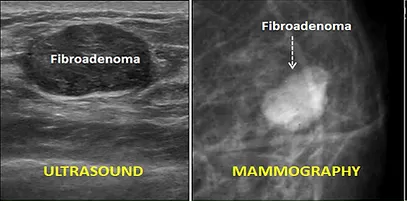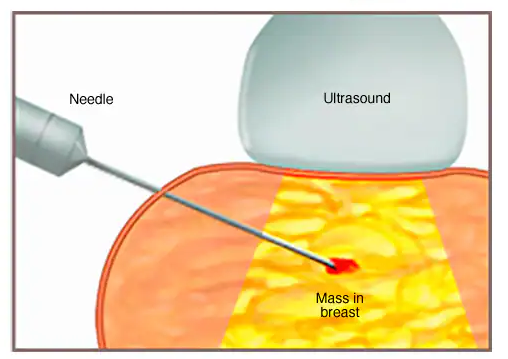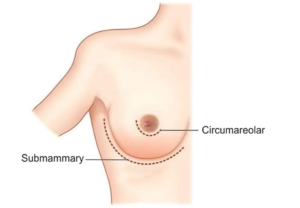

A fibroadenoma is a common benign (noncancerous) breast lump composed of glandular and connective tissue. It typically feels like a smooth, firm, or rubbery marble that moves freely within the breast tissue (mouse in the breast). Unlike breast cancer, fibroadenomas are not life-threatening. Most commonly occur in younger women, especially those in their 20s and 30s, but they can develop at any age.
The exact cause of fibroadenomas is unknown. They consist of both glandular breast tissue and fibrous connective tissue. Hormonal influences, such as those during puberty, pregnancy, breastfeeding, or hormone replacement therapy, may affect their size.

Treatment depends on the size, symptoms, patient age, and preferences.


If you have discovered a breast lump or have been diagnosed with fibroadenoma, schedule a consultation with our expert team. Early evaluation and tailored care can bring peace of mind and the best outcomes.
Contact us today at “Vizag Surgicare” to learn more or to book your appointment.
Mobile No 1 : +91-77029 50513
Mobile No 2 : +91-9848638615
Mobile No 3 : +91-9849239213
First Floor, Mohan Medical Shop, Seethammadhara (NE), Visakhapatnam-530013
info@vizagsurgicare.com
WhatsApp us